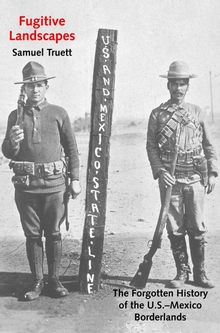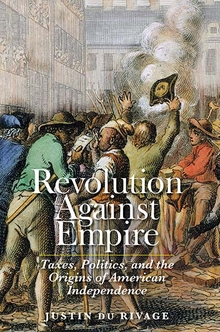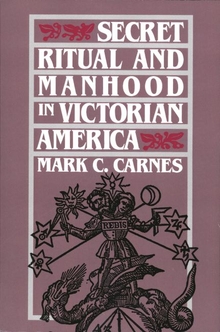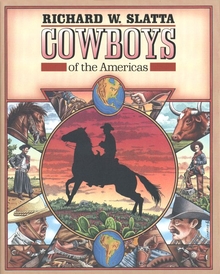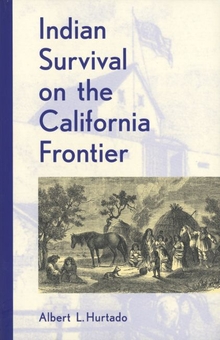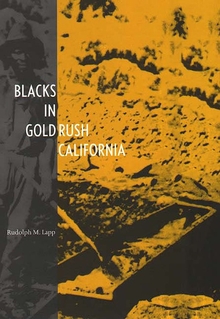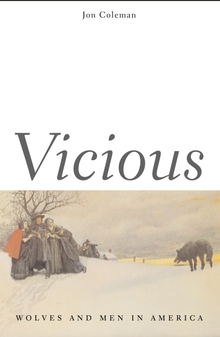Fugitive Landscapes
WARNING
You are viewing an older version of the Yalebooks website. Please visit out new website with more updated information and a better user experience: https://www.yalebooks.com
The Forgotten History of the U.S.-Mexico Borderlands
Samuel Truett
Focusing on a mining region that spilled across the Arizona–Sonora border, this book shows how entrepreneurs, corporations, and statesmen tried to domesticate nature and society within a transnational context. Efforts to tame a “wild” frontier were stymied by labor struggles, social conflict, and revolution. Fugitive Landscapes explores the making and unmaking of the U.S.–Mexico border, telling how ordinary people resisted the domination of empires, nations, and corporations to shape transnational history on their own terms. By moving beyond traditional national narratives, it offers new lessons for our own border-crossing age.
"Samuel Truett not only recovers the hidden history of the Arizona-Sonora borderlands and their often-shadowy residents but also reinterprets familiar events in a new light. He makes an original and major contribution to borderlands history."—Benjamin Johnson, Southern Methodist University
“Samuel Truett provides a concrete example of what transnational history looks like and what it can reveal. Fugitive Landscapes puts into practice what many American historians urge, but rarely do themselves.”—Richard White, Stanford University
“When Mexico’s far northern frontera collided with the U.S. Western frontier in the mid nineteenth century, the resulting merged space is both shared and contested—culturally, socially, ideologically, politically. In remapping this distinct borderland to highlight transnational relationships between ethnic groups (Yaquis, Apaches, Chinese, Mexicans and Americans), individuals (Sonoran strongman Rafael Izábal, American copper industrialist William C. Greene, immigrant statesman cum military commander Emilio Kosterlitzky are just three colorful figures from this binational history’s near-forgotten central casting), and state agencies, Truett demonstrates convincingly how Mexican and U.S. histories intersect and intermingle just as the space they share clash and merge. This intriguing study also suggests how differently national histories would look and feel when re-centered and viewed from a transnational vantage point.” —Evelyn Hu-DeHart, Brown University
Publication Date: September 2, 2008
27 b/w illus

